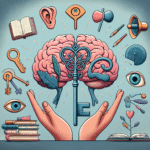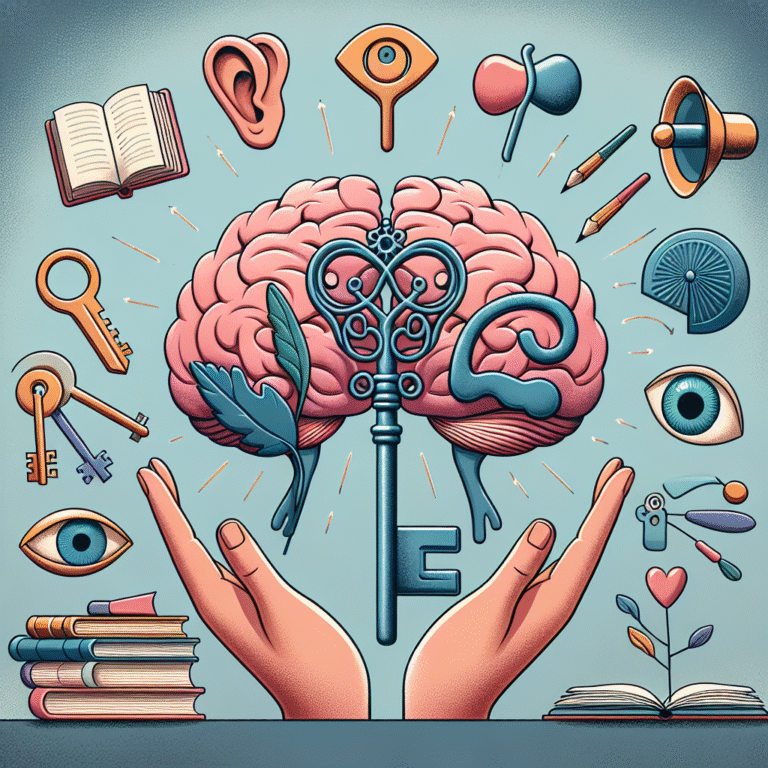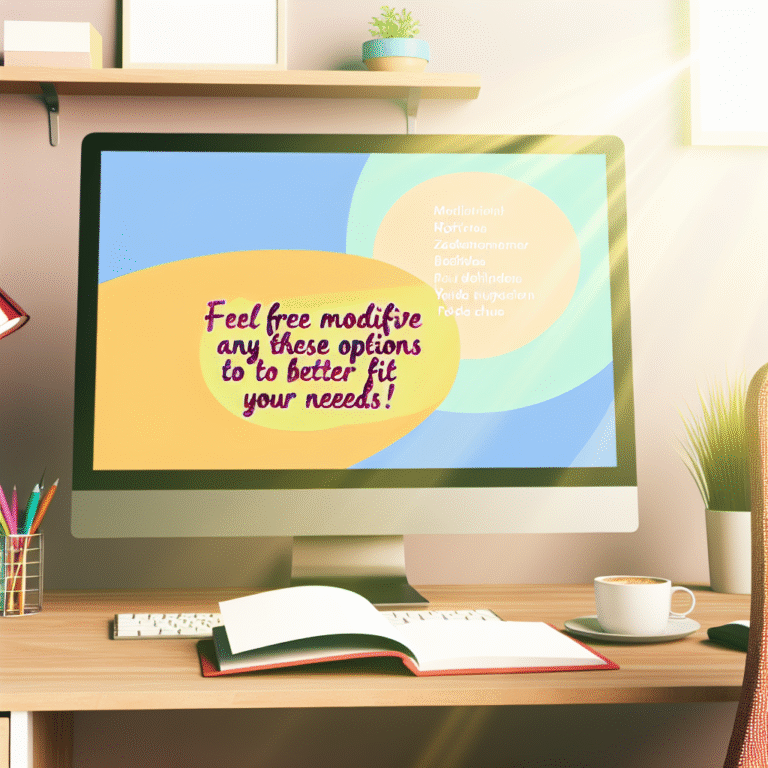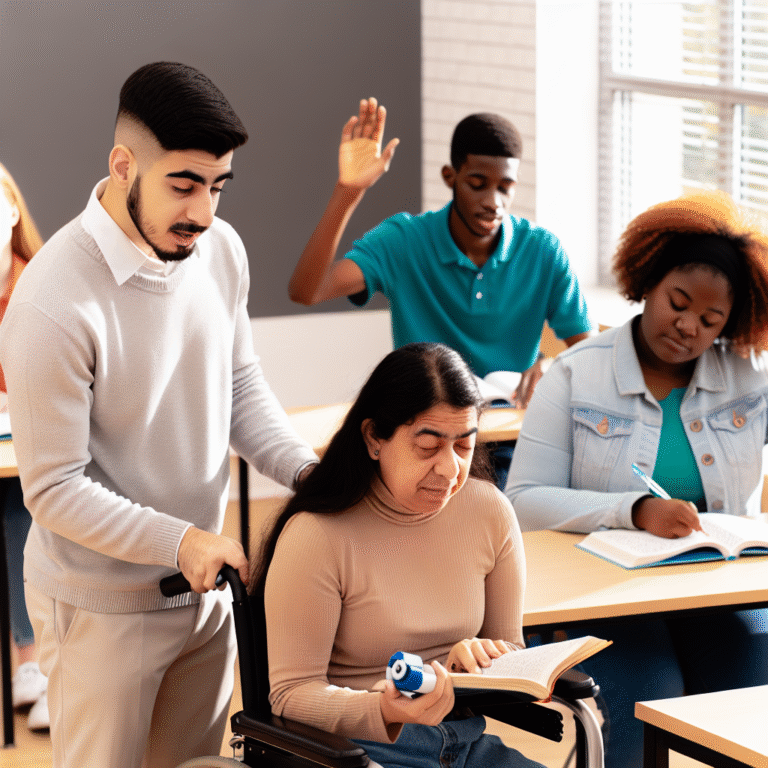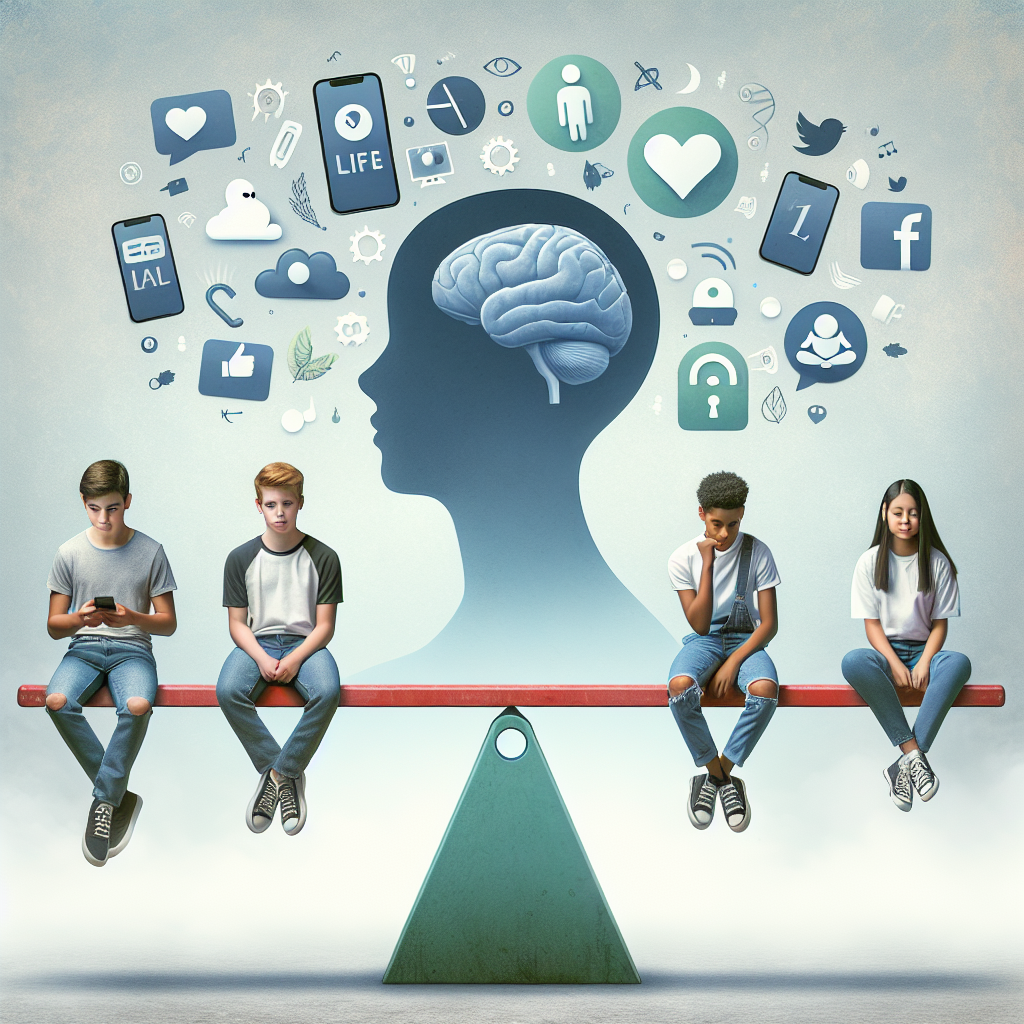
Teenage Lives Online: Balancing Social Media Use and Mental Health – The Ultimate Guide
Introduction
In a world where the average teenager spends over seven hours a day online, the intersection of social media and mental health is more relevant than ever. Social media platforms are vibrant spaces for self-expression, connection, and community. However, for many teenagers, these connections can lead to negative mental health outcomes. The challenge lies in understanding and navigating these online environments while maintaining emotional well-being. This article, titled “Teenage Lives Online: Balancing Social Media Use and Mental Health,” dives deep into the often complicated relationship teens have with social media, offering valuable insights and practical strategies for a healthier online presence.
The Digital Landscape: Understanding Teenage Engagement
The Statistics
Understanding the landscape of teenage social media usage requires examining some critical statistics:
| Statistic | Value |
|---|---|
| Average daily screen time | 7 hours 22 minutes |
| Percentage using social media | 90% |
| Percentage feeling overwhelmed | 61% |
| Percentage of teens who feel connected through social media | 72% |
These numbers indicate that while teenagers are deeply engaged in the digital world, many struggle with the pressure it can create.
The Double-Edged Sword of Social Media
Teenagers often face the duality of social media’s benefits and challenges. On one hand, social media can foster meaningful connections and provide a platform for self-expression. On the other, it can exacerbate feelings of loneliness, anxiety, and depression. This complex relationship makes it essential for teens to find a balance.
The Psychological Impact of Social Media
Positive Effects
Connection and Community: Social media provides a breeding ground for relationships outside of the traditional settings. For example, teens with niche interests can find like-minded individuals, fostering a sense of belonging.
- Self-Expression: Platforms like Instagram and TikTok allow for creative expression and identity exploration, crucial components of adolescent development.
Negative Effects
Comparison Culture: Constant exposure to curated lives on social media can lead to harmful comparisons, fueling feelings of inadequacy. Studies indicate that excessive social media use can result in up to a 30% decrease in self-esteem among teens.
- Cyberbullying: With greater connectivity comes the risk of online harassment, which can lead to severe psychological distress. According to a survey, 59% of teens have experienced some form of cyberbullying.
Case Study: The Impact of Social Media on Self-Esteem
Real-World Example: A study by the Royal Society for Public Health in the UK found that Instagram was one of the most damaging social media platforms for young people’s mental health.
Analysis: This highlights the urgent need for awareness about the impacts of social media, urging teens to curate their feeds mindfully, favoring positive influences over those that erode self-esteem.
Balancing Act: Strategies for Healthy Social Media Use
Set Boundaries
Setting time limits can help create a healthy balance. The American Academy of Pediatrics recommends a technology curfew that encourages family discussions about online time.
Example Tip:
Use apps like Moment or Screen Time to track and limit usage effectively.
Curate Your Feed
Teens should intentionally follow accounts that inspire, educate, and uplift rather than ones that trigger negative feelings.
Tip:
Perform a “social media detox” periodically by unfollowing accounts that don’t contribute positively to mental well-being.
Engage in Open Conversations
Encouraging conversations about social media experiences in schools and homes can normalize discussions about mental health.
Real-World Application:
A school could incorporate social media literacy programs where students share their online experiences and learn coping skills.
Practice Mindfulness
Incorporating mindfulness practices like meditation or journaling can help mitigate anxiety associated with social media use.
The Role of Parents and Guardians
Communication is Key
Open lines of communication can help parents understand their teens’ digital lives. It’s vital for parents to listen without judgment to foster a supportive environment.
Establishing Guidelines
Teenagers benefit from clearly defined rules around social media use. Setting up guidelines can help teens understand the importance of balance.
Case Study: Family Media Plans
Example: Some families implement Family Media Plans that stipulate when and how media can be used. This structure can reduce conflict and provide a clearer understanding of acceptable limits.
Analysis: A structured plan helps teens learn responsibility while still allowing freedom of expression in the digital age.
School Influence: Creating a Positive Digital Culture
Curriculum Development
Schools should integrate social media literacy into their educational programs. Teaching students the potential impacts of social media can create informed users.
Mental Health Workshops
Schools can introduce mental health awareness workshops focusing on the digital impact. These workshops can provide students with tools to navigate social media responsibly.
Real-World Application: Peer Support Programs
Establishing peer-led support programs in schools can empower students to discuss mental health openly, thus reducing stigma.
Understanding Teen Perspectives
Focus Groups
Conducting focus groups with teens regarding their online experiences can provide insights into their challenges and help tailor solutions effectively.
Case Study: Youth Advisory Boards
Some communities have created Youth Advisory Boards to gather input on social media experiences. This feedback is invaluable in shaping programs and initiatives that address mental health.
Analysis: Engaging teenagers in dialogue creates a sense of ownership over mental health initiatives, encouraging proactive participation.
Confronting Common Misconceptions
Myth: Social Media is Entirely Negative
While it has its downsides, social media also serves as a vital link for teens seeking community and support.
Myth: Only "Introverted" Teens Experience Mental Health Issues
Research indicates that regardless of personality type, any teenager can be affected by the pressures of social media.
Conclusion
Navigating teenage lives online involves a continuous balancing act between social media use and mental health. While social platforms offer vital opportunities for connection and self-expression, they also present challenges that require mindfulness, education, and open dialogue. By understanding the nuances of this relationship, teens, parents, and educators can foster healthier digital environments.
The future is not a roadblock, but a pathway brimming with potential. By consciously curating online experiences and engaging in open conversations about mental health, we can empower the next generation of digital citizens to thrive—both online and offline.
FAQs
1. What are the signs that social media is negatively affecting my teen’s mental health?
Signs include increased anxiety, withdrawal from social interactions, changes in mood, and lower self-esteem. Monitoring both mood changes and online behavior can provide valuable insights.
2. How can I encourage my teen to take breaks from social media?
Start by suggesting technology-free family activities, setting designated times for digital detoxes, or introducing engaging offline hobbies they might enjoy.
3. Are certain social media platforms more harmful than others?
Research has shown that platforms focused on visuals, like Instagram, may be more associated with low self-esteem compared to others. Understanding the different impacts of various platforms can help in guiding your teen.
4. How can schools play a role in promoting healthier social media use?
Schools can implement programs focusing on social media literacy, mental health awareness campaigns, and create safe spaces for students to discuss their online experiences.
5. Is it possible to have a positive social media experience?
Absolutely! By curating positive feeds, following uplifting accounts, and setting time limits, teens can create a balanced and enriching social media experience.
Teenage lives online require balance, education, and understanding. The discussions we have today will forge a future where digital life and mental health coexist harmoniously.
